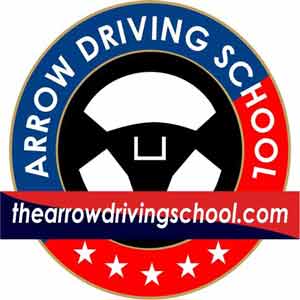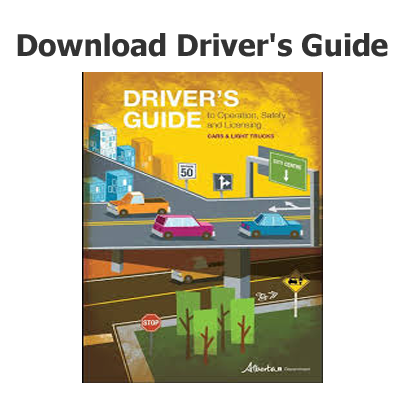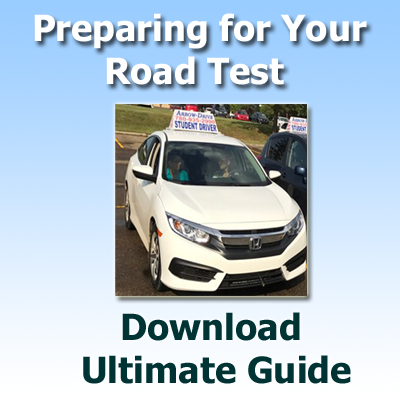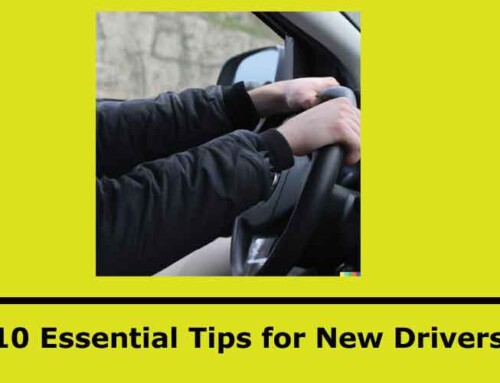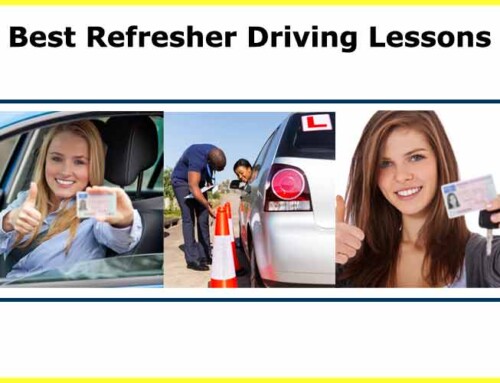Questions student drivers have
There’s quite a bit that skilled drivers take for granted. New drivers often have many questions about how to drive, the answers to which can provide a great deal of perspective even for veteran drivers. Below are some of the most common questions asked by drivers taking driving lessons.
How to take a Left turn at a Traffic Light
One of the most common questions asked when studying for the Alberta Drivers License is how to make a left turn at a traffic light. Though left turns themselves are always a bit tricky due to the fact that they involve dealing with oncoming traffic, many students at Arrow Driving School are particularly concerned with the rules pertaining to turning at a light.
For the most part, turning left at a traffic light is identical to any other maneuver at a light. You can generally only go when the light indicates it is your turn – in this case, either with an arrow or with a green light. You can only go when it does not interfere with oncoming traffic, though. Drivers may pull into the intersection so long as the light is green and may complete their turn as soon as it is safe to do so. Drivers who are turning left onto a one-way street may also turn left on red when there is no oncoming traffic.
Right-of-Way at Amber Traffic Light Intersection
Another common question at driving school has to do with who has the right of way at an amber light intersection. While this kind of information is generally covered by the Approved driverès guide, it’s always a good idea to make sure that one has a good idea of how to act in this kind of situation.
According to the Road Test guide, it is generally the party who arrives first that has the right of way. With this said, the party who is in the intersection always technically has the right of way. In this case, the vehicle that is in the intersection as the light turns amber will always have priority over other vehicles. As you would be able to tell from the conditions on a driving course, this is simply a matter of safety. Any car that attempts to pass through the intersection while another car is present will certainly end up causing an accident. As such, it’s important to remember that the right of way ultimately always yields to the interest of safety.
Things to Remember about Turning Right on a Green Light
When you get ready to Take Practice Knowledge Test for your Alberta Drivers License, it’s good to know more than just the basics. That’s why it’s smart to brush up on those facts that go beyond the simple rules of the road. While most drivers will tell you that they learned how to deal with turning right on a green light during their earliest driving lessons, it’s best to keep a few extra things in mind.
First and foremost, remember that you do still need to yield to pedestrians as well as any vehicles that are already in the intersection and that are turning left. You also need to make sure that you are close enough to the curb when turning that you will not cause problems in any other lanes of traffic. Finally, remember that the Approved driverès guide requires you to stay in the same lane you were in when you initially began turning right, so don’t switch lanes during your turn.
How to check Blind Spots
Checking blind spots is one of the first things you learn in driving school and something you should do every time you drive. This is something you must learn not just to make it through a driving course successfully, but to ensure that you keep others safe on the road. Fortunately, checking your blind spots does require just a small bit of experience to do correctly.
Your first step is always to check your rearview and side mirrors as you get ready to turn. While this won’t necessarily tell you if a car is currently in your blind spots, it will allow you to figure out if a car will be approaching that area soon. Once you’re sure that the visible areas are clear, you’ll want to quickly turn your head in the direction of the blind spot. Don’t jerk the wheel – check in a simple, restrained motion. If there is no vehicle apparent and none approaching, ensure that you’ve engaged your turn signal and change lanes quickly. In time, these actions will become more fluid and less disruptive to your driving.
How to drive when encountering a roundabout
One of the great challenges of Alberta tranportation for new drivers is learning how to deal with a roundabout. Though not actually all that complicated in and of themselves, these traffic circles can feel especially difficult to navigate for those who are new to driving lessons or who have never seen them outside of the road test guide. Fortunately, the actual navigation process is a bit easier than one might imagine.
The first step upon encountering a roundabout is to slow down or stop – you’re going to be yielding to oncoming traffic. If there is a gap in traffic, you should enter the flow of cars as soon as doing so is safe. In a single-lane roundabout, you’ll simply stay in the flow of traffic until such time as you reach your exit. In a multi-lane roundabout, you will stay in the left lane if you are going to turn left and the right lane if you are going to turn right. Both lanes may continue going around the circle, so make sure that you know where you are going to exit when you pick a lane.
What to watch while reversing
Driving a car in reverse can feel dangerous for those students who are getting ready to take practice knowledge test courses at schools like the Arrow Driving School. Driving in reverse will require paying a bit of attention to things in a new way, but it isn’t necessarily a skill that’s going to take much time to master. In fact, just having theoretical knowledge can be quite helpful.
Before you begin to back up, you’ll want to check all around your car for traffic or pedestrians. Knowing that someone or something is nearby can be helpful, as a quick-moving pedestrian or vehicle can get behind your car more quickly than you might imagine. Once this is done, you’ll want to look out your rear window if at all possible. Your rearview mirror does not give you a wide enough field of view, so look behind your car physically if you don’t have access to a backup camera.
How to Park In A Parking Spot – Back In or Drive Into A Parking Spot?
There’s usually a fair bit of debate over how to park a car when students are first driving. Some believe that it’s best to pull directly into a spot, as doing so makes it easier to park. Others think it’s better to back in, as this makes it easier to get out of the space later. The truth is that you need to be aware of your own skills as a driver as well as where you are parking.
If you know that you can pull through a spot, driving in always makes sense. Likewise, it makes sense to pull in if you know that backing into the spot will either be difficult because of positioning or because you don’t feel confident in your ability to maneuver. You should back in, though, when you feel that getting out of your parking spot will be difficult. If you know that you’re going to be going into the flow of traffic or encountering specific obstacles, it’s often best to do so without having to worry about driving in reverse.
How to Park Parallel
Of all the Alberta Tranportation challenges, parallel parking may be the most frightening for new drivers. While parallel parking is easier than most might think, it is good to know the basic steps. Doing so will help you feel more confident and make you a safer driver.
The first step in parallel parking is to approach the space. You absolutely want a space about one and a half times the size of your vehicle just so you have room to maneuver. Once you’ve found the spot, turn on your signal and start to turn your vehicle as soon as you see the back of the car that will be in front of you. You will want to slowly move in at a forty-five-degree angle, adjusting your vehicle so that you come in parallel to the side of the road. Once your vehicle is parallel with the curb, straighten out while avoiding the cars in front or in back of you.
